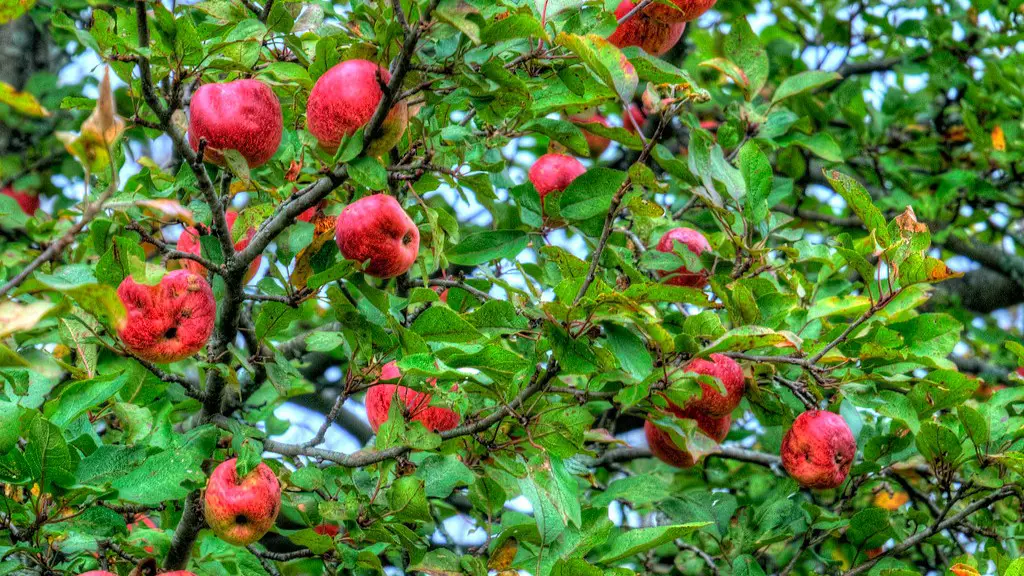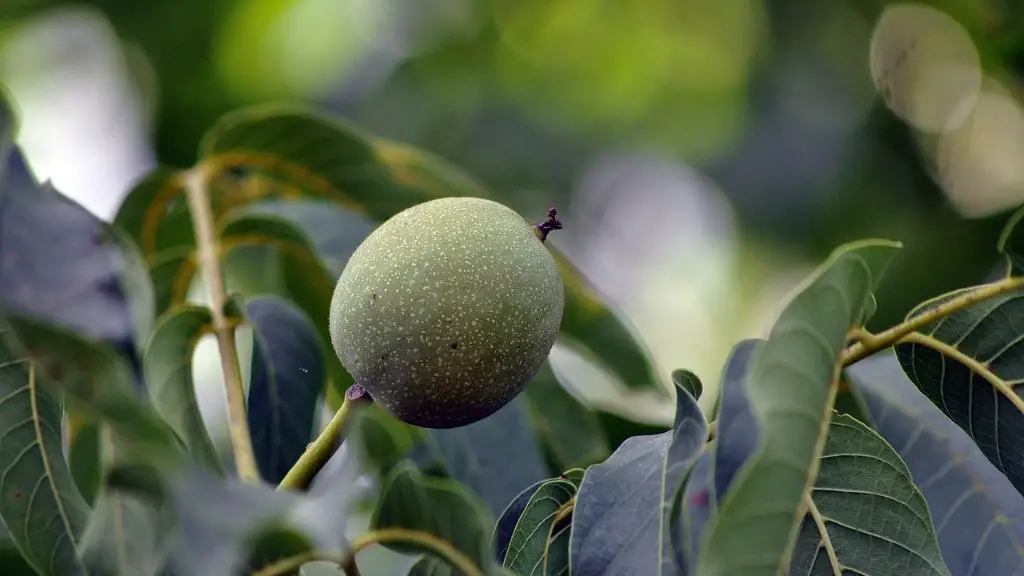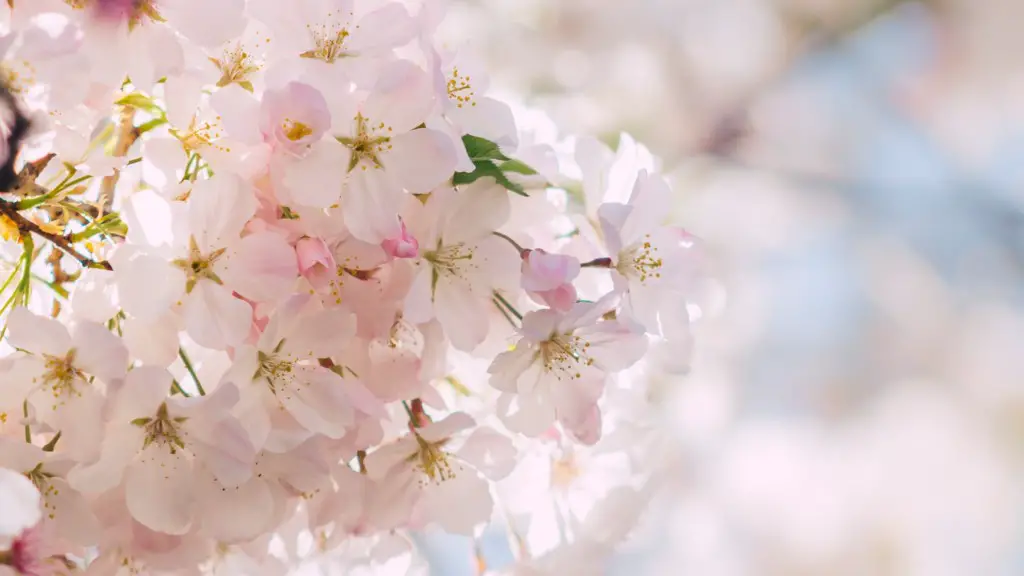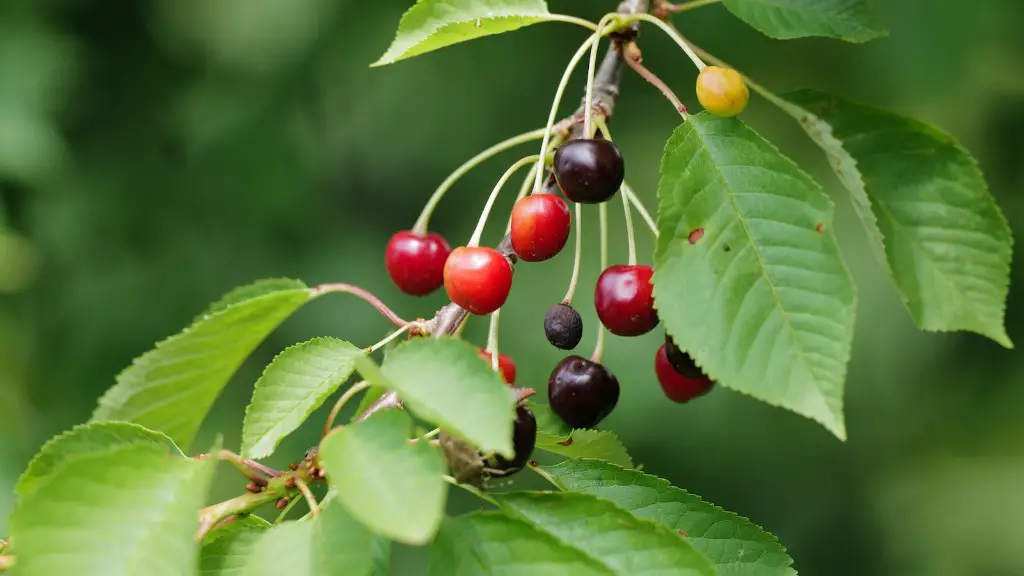A bonsai apple tree is a miniature apple tree that is grown in a pot. The tree is trained to grow in a certain way so that it will stay small. Bonsai apple trees are not only aesthetically pleasing, but they can also be a source of fresh apples. To grow a bonsai apple tree, you will need to start with a young apple tree. You can purchase a young tree from a nursery or order one online. Once you have your tree, you will need to pot it in a well-draining potting mix. Be sure to choose a pot that is only slightly larger than the tree’s root ball. After your tree is potted, you will need to prune it. The pruning will ensure that your tree stays small and compact. You will need to prune your tree every few weeks. To harvest apples from your bonsai apple tree, simply wait until the apples are ripe and then pick them off the tree. Enjoy your fresh, homegrown apples!
The best way to grow a bonsai apple tree is to start with a young tree and shape it as it grows. You will need to prune the roots and branches regularly to keep the tree small. You can use a wire mesh to train the branches into the desired shape.
Can you make a bonsai tree out of a apple tree?
The apple tree (Malus) is an excellent tree for bonsai styling. The main advantages of this species, particularly the ornamental apple, are its strong growth, great flowering, and petite fruits. The apple tree makes a very good bonsai tree for beginners.
Apple trees can grow fast, but it could take a decade before these grow fruits. You must re-pot every three to four years, but this is not always the case.
Can you grow a bonsai apple tree indoors
There are a few varieties of fruit trees that can be grown indoors, in a warm, sunny spot. These include lemons and oranges. However, apple trees cannot be grown indoors, whether they are full-sized or bonsai.
Bonsai trees are popular for their small size and unique appearance. The most popular fruiting Bonsai trees are the Crabapple, several Citrus varieties, Olive trees and the Pomegranate. These trees are often grown for their fruit, which can be used in a variety of ways.
How tall should a bonsai apple tree be?
The ideal height for bonsai is four feet. And with proper pruning, wiring of branches its size can be maintained. And still, it can bear fruits and flowers in that height.
Hardwood cuttings from apple trees can be taken in January and refrigerated until early spring. The success rate for rooting these cuttings is low, and it may take up to six months for the cutting to root.
Will bonsai trees bear fruit?
Bonsai trees can produce fruit, but they will require more maintenance than full-size fruit trees. It’s important to research the best fruit trees for bonsai and to be prepared for the extra work required to keep them healthy. With proper care, bonsai fruit trees can be a beautiful and unique addition to your home.
Bonsai trees are thought to bring good luck and fortune, which is why they make such wonderful gifts. And, with proper care, a bonsai tree can easily live to over 100 years old. Some can even live for centuries, all the way up to a thousand years! So if you’re looking for a gift that will last a lifetime (or longer), consider giving a bonsai tree.
Are bonsai trees hard to grow
A bonsai tree is a beautiful and unique addition to any home, but it is important to remember that they are living plants and require proper care to stay alive. Here are a few tips on how to keep your bonsai tree alive:
-Water your tree regularly and make sure the soil is always moist. Bonsai trees have shallow roots and cannot store much water, so they need to be watered often.
-Fertilize your tree regularly using a fertilizer designed for bonsai trees.
-Prune your tree regularly to shape it and keep it small.
-Place your tree in a location where it will receive indirect sunlight. Too much direct sunlight can scorch the leaves and cause the tree to die.
By following these simple tips, you can keep your bonsai tree alive and healthy for many years to come.
Growing a bonsai tree is a long term investment and patience is required in order to see results. Don’t expect fruit after a few months; just because your tree is small doesn’t mean it will grow faster. Some species can take up to five years to reach maturity. But, as with all things bonsai, the wait is part of the reward.
Can apple trees survive in pots?
If you want to grow apples in a container, it’s best to choose a large, heavy pot. ceramic or plastic pots are fine, but they will need to be watered more often and will be less stable when the tree is in leaf and laden with fruit. Pay attention to watering and feeding, and your apple tree should do well in a modest container.
If you’re looking to add an apple tree or two to your backyard, the best time to plant them is in mid-fall or early winter. This gives the roots a chance to grow and establish before the coldest weather sets in. Be sure to plant at least two trees together so they can pollinate each other. Our Garden Planner can help you create a personalized planting calendar based on your location.
What is the hardest tree to bonsai
Bonsai trees are notoriously difficult to grow, and these five species are among the most difficult to cultivate. Cherry blossoms are delicate and require precise watering and fertilization schedules. Gardenias are finicky about their soil conditions and are susceptible to pests and diseases. Buttonwoods are slow-growing and difficult to shape. Bamboo is notoriously difficult to control, and cedar is difficult to transplant and keep alive indoors.
Ficus Bonsai is one of the most popular Indoor Bonsai trees. It is very easy to care for and is very resilient, making it an excellent choice for beginners. Ficus Bonsai can tolerate low humidity and is very tolerant of different conditions.
Can you grow a bonsai apple tree from seed?
A bonsai apple tree is a miniature tree that can be grown from seed indoors or outdoors. When choosing a healthy specimen, make sure to check for cracks or dried stems and branches. Once you have planted your tree, keep an eye on it for signs of distress such as wilting leaves or stunted growth. With proper care, your bonsai apple tree will thrive and provide you with years of enjoyment.
Pruning is critical in developing a smaller size. As intimidating as it may be, do not let the ultimate size of the tree discourage you from not keeping it small to suit your needs.
Conclusion
This is a difficult question to answer due to the many variables involved in growing a bonsai apple tree. However, here are some basic tips:
First, choose a dwarf variety of apple tree. Second, prune the tree regularly to encourage compact growth. Third, keep the tree well watered but not overwatered. Fourth, fertilize the tree regularly. Fifth, repot the tree every few years to refresh the soil and encourage growth.
Bonsai apple trees are beautiful and fascinating specimens. They are also relatively easy to grow, especially when compared to other bonsai varieties. With a little patience and care, anyone can successfully grow a bonsai apple tree.





